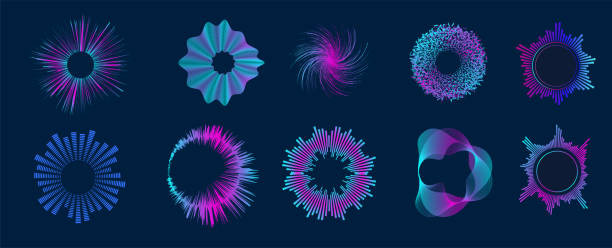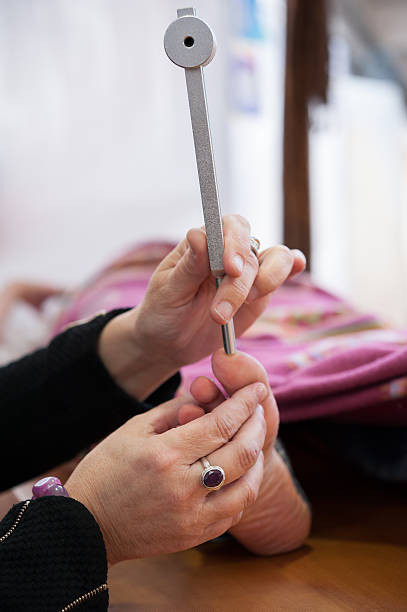
In the ever-evolving field of scientific research, there are breakthroughs that promise to redefine our understanding of life itself. One such pioneering investigation has been led by Dr. John Stuart Reid, a name synonymous with the frontiers of acoustic physics and its application in biology. His most recent work, which explores the potential of reviving cells that were considered dead, has the scientific community buzzing with excitement and hope. This article delves into the nuances of Dr. Reid’s research and its monumental implications for medicine and bioengineering.
The Genesis of a Breakthrough
Dr. John Stuart Reid's journey into the depth of acoustic science began with his exploration of cymatics, a realm that reveals the intricate patterns formed by sound waves in physical mediums. This field laid the groundwork for his innovative approach towards biological applications of sound. The turning point came when Dr. Reid hypothesized that sound frequencies, when applied with precise control, could not only influence cellular behavior but potentially reverse cellular death under certain conditions.
Awakening the Silent: The Experiment
At the core of Dr. Reid's revolutionary experiment was a simple, yet profound idea: cells, even in a state of death or near-death, could be reactivated through specific acoustic stimulations. This theory stemmed from the understanding that at a sub-cellular level, vibrations could encourage dormant biological processes to restart.
Using a meticulously calibrated set of frequencies, Dr. Reid began his work with cells that had been declared non-viable. These cells, devoid of the typical signs of life, represented the ultimate test for his theory. The application of his acoustic methodology resulted in something remarkable - a significant number of these cells showed signs of reactivation. Movement resumed, cellular respiration restarted, and, in some cases, division began anew.
The Science Behind the Sound
The principle behind Dr. Reid's research rests on the theory of cellular resonance. Each cell has its resonant frequency - a natural vibration that supports its vitality. By identifying and applying these frequencies, Dr. Reid's technique essentially 'wakes up' the cells by reminding them of their intrinsic vibratory essence.
This method of bio-resuscitation doesn't rely on chemical intervention, making it a uniquely non-invasive option. It's an application of quantum biology, tapping into the fundamental energetics of life at the molecular level.
Implications and Future Directions
The potential applications of Dr. Reid's findings are vast and varied. In the medical field, this could revolutionize treatments for conditions where cell death is a significant factor, including heart disease, neurodegenerative diseases, and stroke recovery. It opens up new vistas in regenerative medicine, where damaged tissues and organs can be revitalized at the cellular level.
Beyond healthcare, this research has implications for bioengineering, agriculture, and even space travel, where the ability to revive dormant cells could be critical in long-term missions or in extraterrestrial farming.
The Path Forward
While Dr. John Stuart Reid's research has illuminated a path towards incredible scientific and medical advancements, it's important to note that this is just the beginning. The next steps involve rigorous peer review, clinical trials, and developing practical applications for this knowledge. The challenges ahead are significant, but the potential rewards for humanity are unparalleled.
In embracing the intersection of sound science and biology, Dr. Reid has not only awakened cells that were once considered irreversibly dead but has also awakened a new realm of possibilities in scientific research. It's a testament to the power of interdisciplinary exploration and a reminder that, often, the key to the next great breakthrough lies in seeing the harmony between different facets of the natural world.













